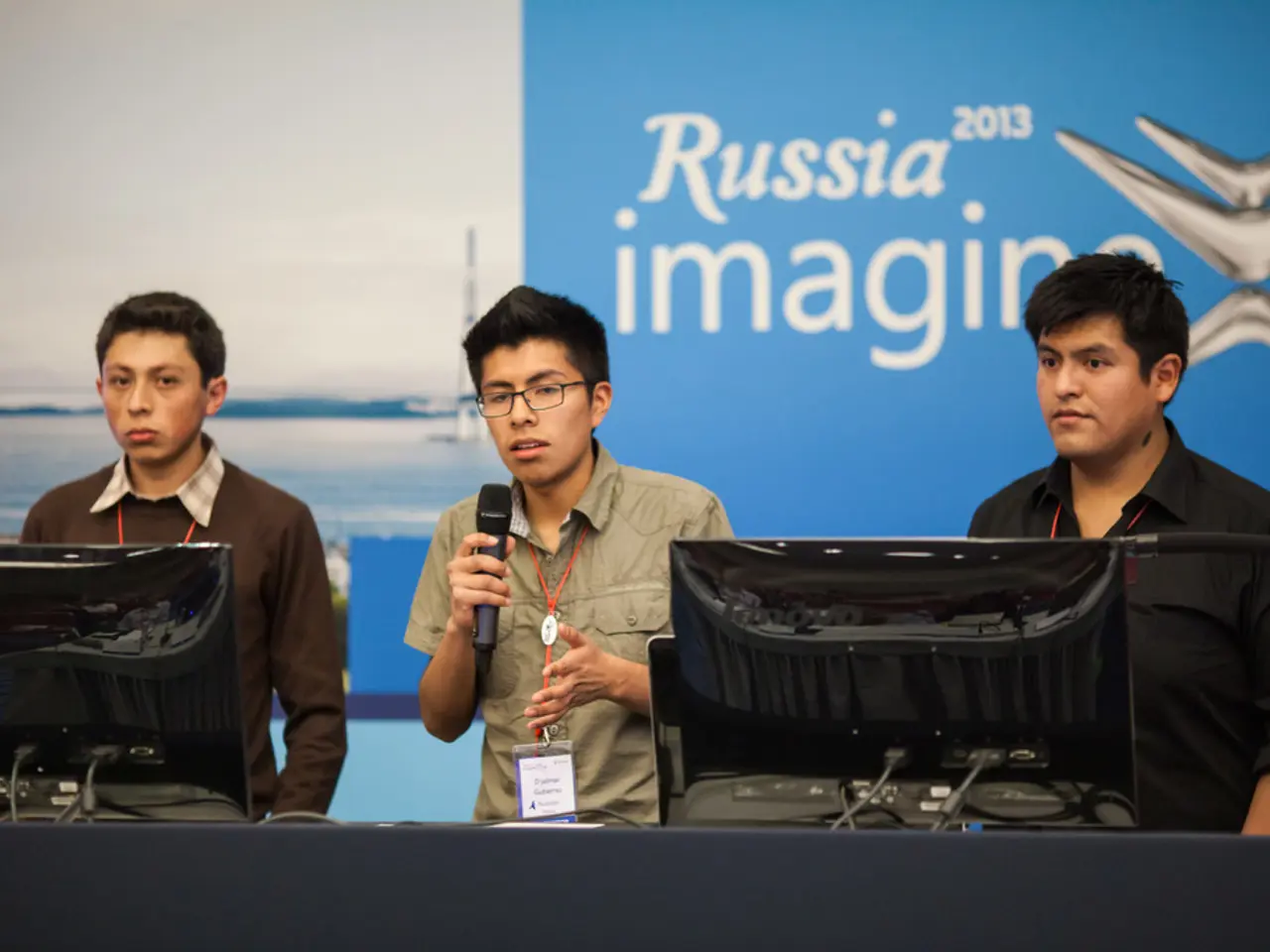Diplomats from the United States and China convene in Sweden, under the shadow of an approaching deadline for a trade agreement.
The ongoing trade talks between the United States and China are gaining momentum, with both countries meeting in Sweden this week to secure a trade agreement before tariff deadlines. The negotiations are being led by U.S. Treasury Secretary Janet Yellen and Chinese Vice Premier He Lifeng.
The focus of these negotiations is the trade truce set to expire on August 12. The current status is that the U.S. has extended the tariff truce with China by 90 days, pushing the expiration date to November 10, 2025. This extension aims to maintain economic stability and provides more time for negotiations.
The discussions are centered around several key topics. One of them is the issue of rare earth exports, which are crucial for technology and defense sectors. The U.S. has secured commitments from China about rare earth supplies, and exports from China have started to recover recently.
Another contentious issue is Fentanyl trafficking duties, with the U.S. having imposed tariffs partly linked to China's role in fentanyl exports. The trade deficit and agricultural purchases are also on the table, with U.S. President Trump urging China to quadruple purchases of American soybeans.
Technology and semiconductor trade are also being negotiated, with both sides discussing limits on barriers to critical sectors such as battery technology, semiconductors, and defense-related technologies. The U.S. has recently approved AI chip exports to China, which had been blocked earlier, in exchange for a share of profits.
Other issues include China’s purchases of sanctioned Russian and Iranian oil and U.S. business operations in China. The extension aims to set the stage for a potential Trump–Xi summit later in 2025.
While the deal reduces immediate trade tensions, it remains fragile with unresolved disputes in key areas. Economic ties between Washington and Beijing appear to be thawing, despite growing tensions in the Indo-Pacific.
In a related development, a report indicates that China and India are fueling Russia's war machine by ignoring international sanctions. This fact provides additional context about China's international relations.
Looking back, in April, President Trump imposed a 145% tariff on Chinese imports, prompting a 125% tariff on U.S. goods from President Xi Jinping. A temporary 90-day truce followed, bringing tariffs back down to roughly 30% for Chinese goods entering the U.S. and 10% for U.S. exports to China.
Recently, Trump floated the idea of visiting China in the near future, and Beijing eased restrictions on rare-earth magnet exports in response. U.S. Secretary of the Treasury Janet Yellen and U.S. Trade Representative Katherine Tai met with China's International Trade Representative and Vice Minister of Commerce Li Chenggang in Geneva in May.
Experts suggest that transferring ownership of TikTok to a U.S. company may be on the table in the U.S.-China trade talks. Washington has also given the green light for Chinese firms to purchase Nvidia's H20 semiconductor chip.
As the trade talks continue, both sides are expected to extend the Aug. 12 deadline by another 90 days to allow more time for negotiations. President Trump has recently struck agreements with the European Union and Japan, each now facing a 15% tariff on exports to the U.S. Treasury Sec. Janet Yellen hinted last week that a renewal in "90-day increments" was under consideration.
The ongoing trade negotiations between the United States and China are centered around a variety of topics, including policy-and-legislation related to trading, such as the trade truce expiring on August 12 and the current tariff truce extension until November 10, 2025. These talks also involve key news items, like Fentanyl trafficking duties, technology and semiconductor trade, and agriculture purchases.
The extension of the tariff truce is part of a broader political maneuvering, as both countries prepare for potential future events, like a potential Trump–Xi summit in 2025. Meanwhile, the trade talks with China are not only shaping the economic landscape between Washington and Beijing, but they're also influencing general news and global politics.





